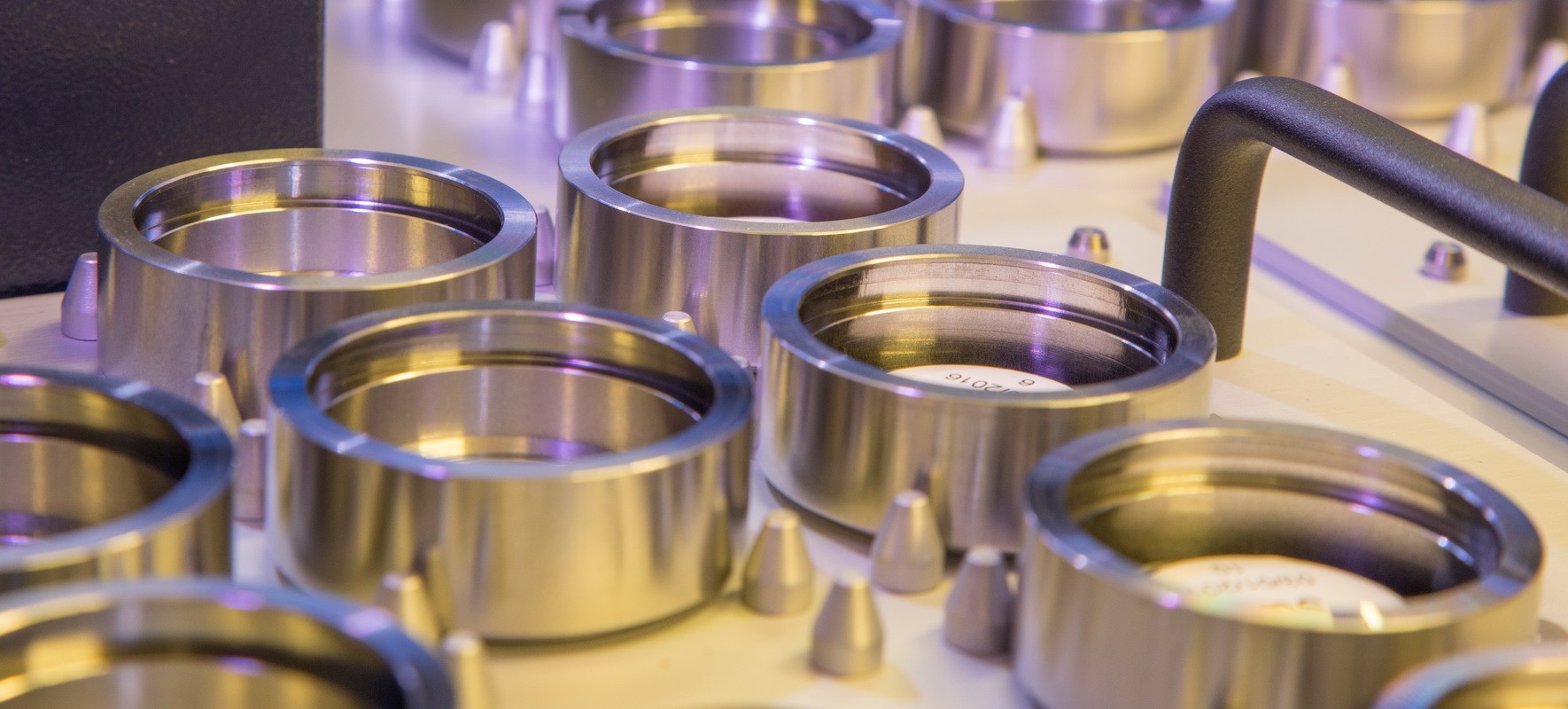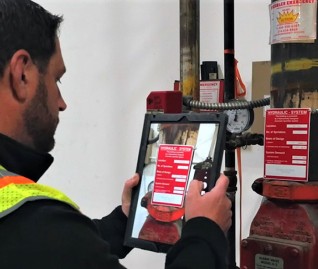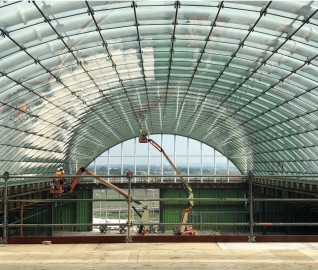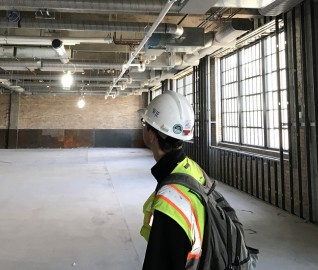WJE PROJECTS
Brookhaven National Laboratory


CLIENT |
Brookhaven National Laboratory |
LOCATION |
Upton, NY |
Fire Protection and Life Safety Consulting
The Brookhaven National Laboratory (BNL) was in need of fire protection and life safety consulting for a number of buildings on their campus in Upton, New York. BNL was interested in identifying fire protection and life safety code deficiencies in these buildings so that they could implement appropriate mitigation measures at the campus and ensure building compliance with applicable codes and standards.
BACKGROUND
The Brookhaven National Laboratory campus in Upton, New York, was the original site of the U.S. Army’s Camp Upton during World War I (dismantled) and World War II (rebuilt). Following the end of World War II, the facility was turned into a research center. The goal of the facility was to develop and research atomic energy for peaceful purposes.
Laboratory facilities at Brookhaven include a Relativistic Heavy Ion Collider, National Synchrotron Light Source II, Center for Functional Nanomaterials, NASA Space Radiation Laboratory, and Scientific Data and Computing Center. Additional building types at BNL include residential apartments, dorms and single-family homes, administrative offices, storage facilities, and assembly spaces.
SOLUTION
During the completion of multiple projects with Brookhaven National Laboratories (BNL), WJE fire protection engineers surveyed approximately seventeen buildings. These buildings were evaluated for a variety of fire protection and life safety issues including, but not limited to, egress, automatic protection systems, fire alarm and detection system protection, manual suppression equipment, fire stopping systems, emergency lighting, and exit sign markings. As part of the survey efforts, WJE completed survey evaluation checklists for approximately fifteen buildings, identifying specific building deficiencies.
The comprehensive evaluation included through-penetration fire stopping. WJE staff documented the level of protection at nearly 450 locations and provided graphic and photographic records of the condition of through-penetration fire stopping at each of those locations. Penetrations were identified as either combustible or noncombustible and as either requiring repair or not requiring repair.
WJE’s comprehensive listing of penetration locations and associated notes provided BNL with the information required for them to develop a thorough remediation, repair, and compliance program for the buildings surveyed.
RELATED INFORMATION
-
 Our professionals are experienced providers of fire protection and life safety services for all... MORE >Services | Fire Protection and Life Safety
Our professionals are experienced providers of fire protection and life safety services for all... MORE >Services | Fire Protection and Life Safety -
 WJE analyzes fire hazards, evaluates risks, and develops project-specific code compliance... MORE >Services | Building and Fire Code Consulting
WJE analyzes fire hazards, evaluates risks, and develops project-specific code compliance... MORE >Services | Building and Fire Code Consulting -
 WJE fire protection engineers verify that fire alarm systems are appropriately designed and... MORE >Services | Fire Alarm System Design and Consulting
WJE fire protection engineers verify that fire alarm systems are appropriately designed and... MORE >Services | Fire Alarm System Design and Consulting -
 Michael J. Rzeznik, Associate PrincipalWJE New Haven MORE >People | Michael J. Rzeznik, Associate Principal
Michael J. Rzeznik, Associate PrincipalWJE New Haven MORE >People | Michael J. Rzeznik, Associate Principal



































